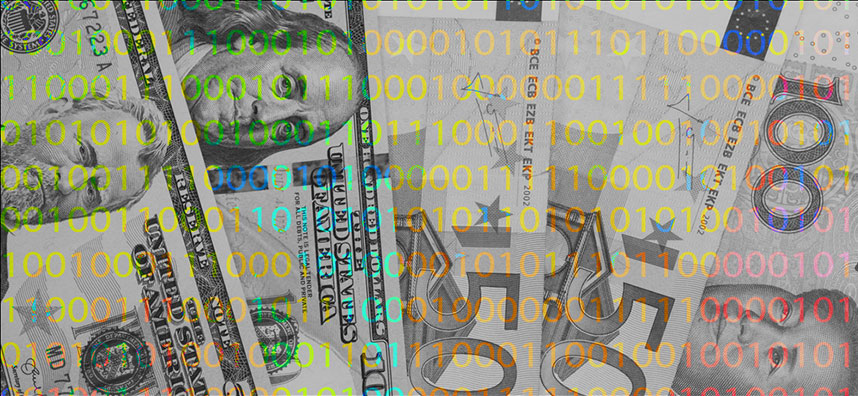
Central Bank Digital Currencies

They have stepped on the gas! The pedal is to the metal! Central banks everywhere are scrambling to introduce their own digital currencies.
Oh, the power they’ll have to corral every financial transaction into major institutions. To watch everything you do. To instantly impose policies without debate. To cram negative interest rates down your throat.
By the way, negative interest rates don’t mean that you can borrow for less than zero. They mean that you pay to keep your money in the bank. And you can have no money that is not in a bank.
That’s what negative interest rates mean.
We have written a lot lately about central bank digital currencies, “the full-tilt crypto boogie,” calling it “an ominous development and one of our leading reasons to own gold and silver and get off the Fed’s confiscation and monetary devaluation grid.” See more here, and here.
Now an article published by the Mises Institute take a closer look at this war on cash as it is being advanced by the Bank of International Settlements (usually described as “the central bankers’ central bank), and by the European Central Bank.
Kristoffer Mousten Hansen from the Institute for Economic Policy in Leipzig, Germany writes in “Central Bank Digital Currencies and the War on (Physical) Cash,” that the new digital currencies “may arrive as early as next year.”
He makes the point that while there is clear consumer demand for inexpensive and convenient digital transactions, “such services are plentifully provided by companies such as Visa, Mastercard, Paypal, banks, and so on and so forth. There is no reason to believe that central banks need to provide this service nor that they could do it better than private companies and banks, and it is simply a mistake to equate demand for such services with demand for a [central bank fiat digital] money.”
Hansen concludes that “helicopter money, restrictions on cash holding, and negative interest rates are all part of the bundle of desirable policies that can only—or most easily—be achieved with digital currencies fully controlled by the issuing central banks.”
“At the end of the day, central bank digital currencies are all about control, not meeting consumer demand,” he says.
The bottom line is this: central bank digital currencies are not your friend. They are designed to advantage of the state at the expense of the people. They necessarily limit human freedom and choice. As such they will retard economic growth and prosperity.
And they will drive people seeking an alternative to gold and silver.
